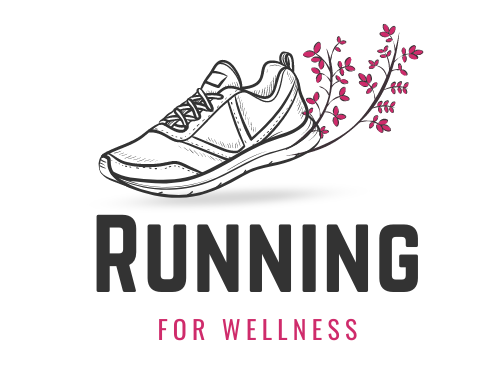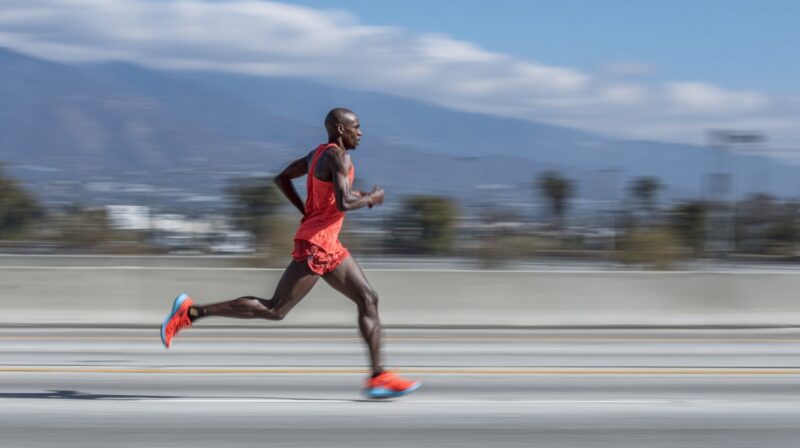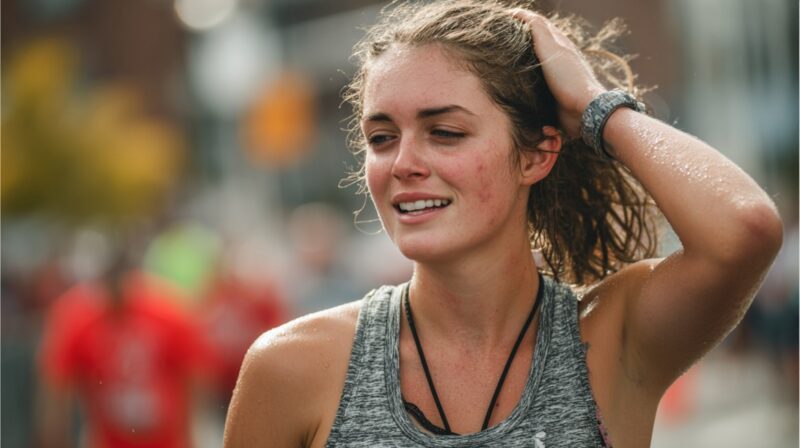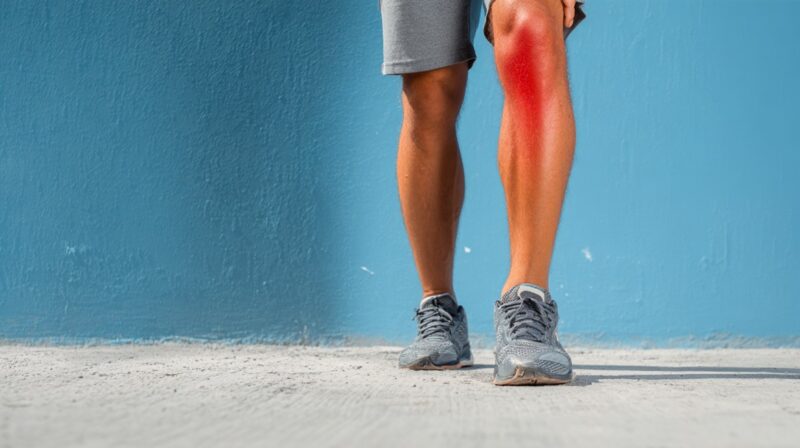A calf strain occurs when muscle fibers in the lower leg tear due to sudden force or overuse.
Such injuries can vary in severity, ranging from mild discomfort to complete muscle rupture.
Proper rest and structured rehabilitation are essential to regain strength, mobility, and prevent long-term issues.
A clear timeline, evidence-based rehab steps, and safe return-to-training criteria will be outlined so athletes and fitness enthusiasts can make informed decisions.
Initial Rest and Acute Management
Managing the first few days after a calf strain sets the stage for how quickly and effectively recovery progresses.
Proper care during this period minimizes swelling, protects the injured tissue, and helps prepare the muscle for rehabilitation.
Athletes who neglect these early steps often face longer setbacks or reinjury once they attempt to return to training.
First 48–72 Hours: PEACE & LOVE Protocol
Immediate care focuses on preventing further damage and calming the injured area.
Each principle of the PEACE & LOVE method serves a role in recovery and should be followed with discipline.
- Protection: Limit any movements that put load on the calf, such as running, jumping, or heavy lifting.
- Elevation and Compression: Elevate the leg and use compression wraps to control swelling and improve comfort.
- Avoid Stretching: Stretching freshly torn fibers risks worsening the injury and delaying healing.
- Caution with NSAIDs: Painkillers that reduce inflammation may interfere with the body’s natural repair process during the first days.
- Gentle Care: Treating the muscle with patience provides the foundation for progressive rehab phases later.
By following these steps, athletes reduce the chance of complications and set themselves up for smoother progression.
When to Seek Medical Attention
Not every strain heals on its own without complications.
Some symptoms serve as red flags that signal a more serious condition.
An early medical evaluation ensures proper diagnosis and prevents a treatable problem from becoming long-term damage.
Key signs that demand medical assessment include:
- Persistent pain while at rest
- Pain that interrupts sleep during the night
- Inability to walk without significant discomfort
- Swelling, tenderness, or unusual sensations in the calf
These warning signs can indicate issues such as deep vein thrombosis or a partial Achilles rupture, both of which require professional care.
Consulting a medical provider at this stage can make a crucial difference in recovery outcomes. If you’re in the Las Vegas area, Ortho Las Vegas offers expert orthopedic and sports medicine care to help diagnose and treat calf injuries effectively.
Rehabilitation Timeline and Rest Guidelines

A calf strain does not follow a single recovery timetable. Each grade of injury has its own rest requirements and rehab expectations.
Recognizing the severity and respecting appropriate timelines helps athletes avoid chronic weakness or recurring setbacks.
General Timeline for Rest Before Training
Rehab timelines are best divided by injury grade.
- Grade I: Mild strains allow light rehab within a few days, with many individuals resuming controlled training after about two weeks.
- Grade II: Moderate tears often need three to five days of relative rest before rehab begins, with gradual return expected between four and six weeks.
- Grade III: Severe ruptures require extensive rest, intensive physiotherapy, and often a minimum of twelve weeks before structured sport-specific training can resume.
Adhering to these phases reduces the likelihood of reinjury and ensures full muscle repair.
Exakt Health’s 7-Stage Rehab Framework
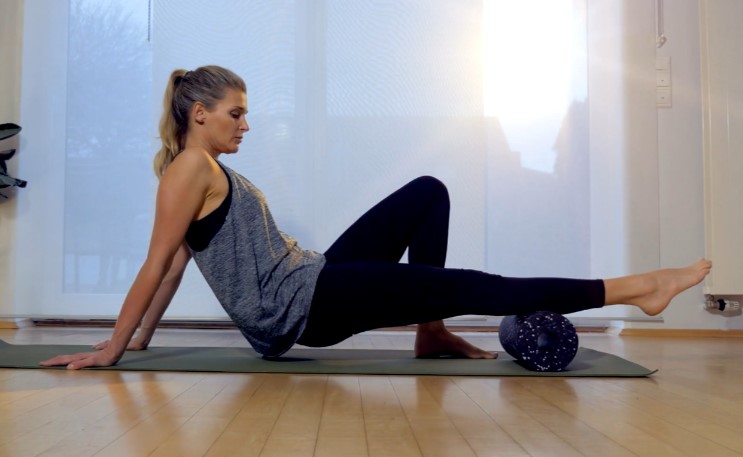
A structured approach provides clarity for athletes and clinicians. Progression should follow a logical path, starting with basic muscle activation and building toward high-intensity performance.
- Acute Phase (Days 1–3): Prioritize rest, compression, and swelling control.
- Sub-Acute (Days 3–10): Introduce isometric exercises that activate the muscle without overstressing it.
- Remodelling (~Week 2+): Add eccentric exercises that load the muscle in a controlled manner.
- Explosive Strength (~Week 4+): Use plyometric drills to rebuild power.
- Return to Running (~Week 6–10+): Begin a structured walk-run program to restore movement patterns.
Engage in steady-state running sessions to re-establish conditioning.
Advance to sprints, intervals, and higher workloads once strength matches the uninjured side.
Following this staged plan ensures progression is gradual, controlled, and aligned with tissue healing.
Criteria to Resume Training
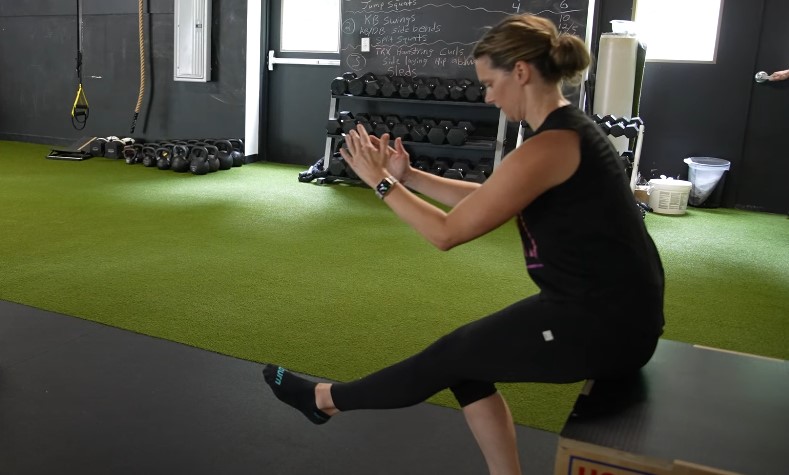
Not all athletes are ready to return once rest periods have passed.
Objective benchmarks reduce guesswork and confirm readiness.
Meeting these standards ensures the calf can handle increased load without risk of reinjury.
Criteria for safe return include:
- Full pain-free range of motion in the ankle and calf
- Symmetrical strength compared to the uninjured leg
- Ability to complete at least 20 single-leg calf raises without discomfort
- Capability to hop repeatedly without pain
- Walking briskly for over 30 minutes without symptoms
These benchmarks provide clear indicators that the muscle is strong and mobile enough for more advanced training phases.
Common Mistakes to Avoid
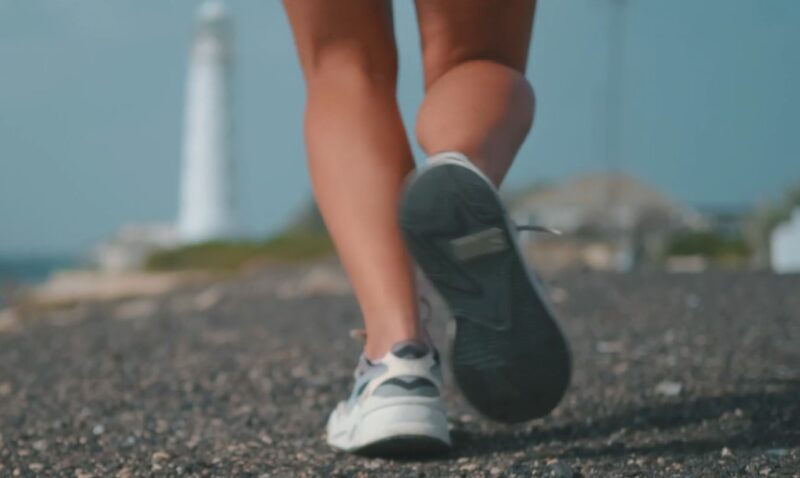
Recovering from a calf strain requires patience and discipline, yet many athletes fall into patterns that slow progress.
Small errors in judgment during rehabilitation can create long-term consequences that are harder to fix later.
One of the most damaging errors involves rushing back into training before the calf is ready. The muscle may feel improved after a short period of rest, but internal healing takes longer than surface symptoms suggest.
Attempting to run or perform explosive activities too soon often causes another strain, which prolongs overall recovery. A step-by-step approach is always safer than trying to accelerate the timeline.
Another issue comes when athletes bypass strength-building or plyometric phases in the rehab process.
Strength work restores stability, while plyometric training prepares the muscle for the fast, forceful contractions required in running, jumping, or sports-specific movements.
Skipping these steps leaves the calf vulnerable to repeated injury once intensity levels increase.
Stretching is another area where many athletes make poor decisions. Stretching an acutely torn muscle fiber can worsen the tear, increase inflammation, and add unnecessary recovery time.
Attention to the soleus muscle is equally critical. Many athletes focus only on the gastrocnemius, the more visible calf muscle, while ignoring the soleus that lies beneath.
Yet the soleus is responsible for endurance-based movements like long-distance running and contributes heavily to stability during weight-bearing activities.
Neglecting this muscle leaves a hidden weakness that can surface once activity resumes.
Addressing both gastrocnemius and soleus during rehabilitation ensures balanced strength, improved performance, and lower reinjury risk.
Proper attention to each phase of recovery transforms the process from a cycle of setbacks into a sustainable return to full athletic activity.
Summary
Safe return to training after a calf strain depends on patience and adherence to rehab milestones.
Timelines vary by severity, yet success is determined by gradual loading and consistent strengthening.
Rest plays a role, but structured rehabilitation ensures that the calf regains full strength, mobility, and durability for athletic demands.
Treating recovery as a process rather than a countdown to return reduces setbacks and supports long-term performance.
Related Posts:
- How Can You Start a Career as a Running Coach?
- How Long Does It Take to Train for a Half Marathon?
- Hamstring Rehab for Runners – Strength, Mobility &…
- Lower Back Pain While Running? Here's What You Need to Know
- Tendonitis, Shin Splints, and Other Common Leg…
- How To Recover From Muscle Inflammation Without Medication
